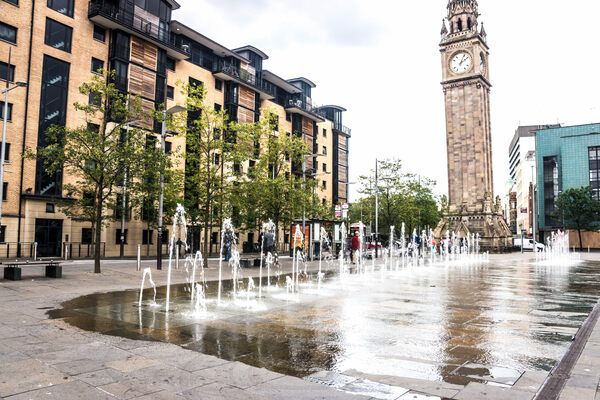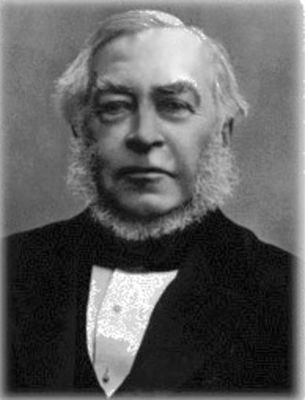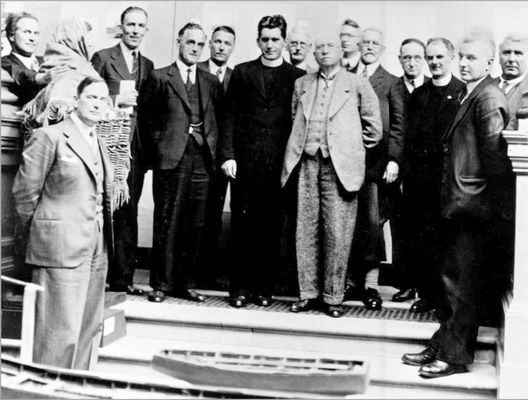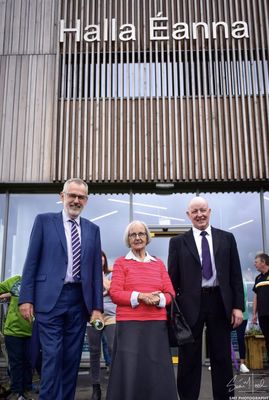“The backs are back and the forwards are forward, and I hope you remembered to put your clock forward one hour last night.”
These were the opening words of Michael O’Hehir as a GAA National Football League semi-final got under way in Croke Park on Sunday, April 19, 1959. There was great interest in the North in the Kerry v Offaly clash as Derry, led by Jim McKeever, had qualified for their first National League final the previous Sunday when they defeated Leitrim.
Back then, the goalkeeper, the three full backs and the three half backs lined out in their defensive positions. The six forwards and two midfielders of each time lined up in the middle of the pitch for the throw-in. The referee stood with his back to the players and threw in the ball over his head.
At that time the clocks went forward mid-April and back at the beginning of October. There was much debate in Westminster about British Summer Time (BST). In November 1959 the Home Secretary sent out questionnaires to nearly 200 bodies including trade unions, agricultural institutions, holiday associations, finance houses etc asking for opinions on the imposition of BST. Should it (a) continue as present (b) start earlier and end later (c) continue throughout the whole year or (d) some other arrangement? There was no mention of abolishing it. The subject was included in the Queen’s Speech for discussion in November 1960. It was generally anticipated that the debate would focus on submissions under section (e).
Since the UK, having exited Europe, say they will continue as now, the south of Ireland has a big decision to make. Will they opt for permanent summer time, putting the clock forward permanently, or not. Either way, the North and South of Ireland will have a time difference for part of the year.
One very remarkable plan, seen by some as being very revolutionary and by others as being very simple, was discussed. This was the Euro-Clock System devised by Professor George Van den Bergh from Amsterdam. The clocks would be advanced by 50 seconds per day from December 21 to June 21 and retarded by 50 seconds per day until the next December 21. It was claimed this would give a continually increasing amount of daylight from the middle of winter until midsummer running to a maximum of two and a half hours in midsummer's day, June 21. with a fairly constant time for sunrise.
Many thought that this was ideal, but it posed a very big question. How could the average person adjust his clock and/or watch every day by such a precise amount as 50 seconds?
The professor pointed out that every watch and clock made then had in its works a’little gadget at the back marked either ‘fast/slow’ or ‘advance/retard and one has only to use this simple and ordinary device to adjust the time by those few seconds per day (so very little in 24 hours).
By moving the fast and slow adjustment a tiny bit in any watch or clock, time could easily be pushed forward or held back by that amount. The fractional adjustment would only have to be made once in every six months.
THE 50 SECOND FIX
As for electrical clocks, they could well be (as indeed they are) controlled from the power stations that send out the 50 cycles a second impulses on which they work. To adjust them by such a trifling amount as 50 seconds per day would be a matter of altering the dynamo alternations just that fractional amount for a minute or two at some agreed time daily.
Scientific and sports records could still be carried on under the 24-hour clock system in the same way as the nautical almanac – the navigational bible – still gives Greenwich Mean Time (GMT) and ignores BST.
The professor argued that if the system was adopted, clock- and watchmakers would incorporate switches which when pressed on the appropriate dates of December 21 and June 21 would automatically cause the watch or clock to run 50 seconds faster or slower per day.
This scheme was never going to see the light of day. After much debate in Westminster it was decided that from March 1961 BST would be extended by six weeks. Then in 1968 clocks were put forward by one hour and we were told that this would be the last time that clocks would be adjusted as summer time would now be permanent and known as British Standard Time. I can remember looking out through the window of my classroom and seeing Knockagh Monument light up in the sunrise and it was nearly 10 o’clock.
I was playing through some Bach and Liszt as the sun shone brightly in my piano studio. So, Summertime appeared and winked at me... ☀️ pic.twitter.com/VST8XamynM
— Gabriela Montero (@monterogabriela) April 5, 2021
However, pressure from Scottish Conservative MPs opened the debate once again and on October 31, 1971, the clocks were again put back and the old system re-introduced. It has remained as such until now. In 2019, the European Parliament voted that daylight savings time should be abolished by April 2021.
Member States had to decide whether they wanted to stay in summertime or wintertime. This was deferred due to the pandemic.
OPT FOR PERMANENT SUMMER TIME?
Since the UK, having exited Europe, say they will continue as now, the south of Ireland has a big decision to make. Will they opt for permanent summer time, putting the clock forward permanently, or not. Either way, the North and South of Ireland will have a time difference for part of the year.
This was the case when during World War Two the UK introduced Double Summer Time. In the summers of 1941 to 1945, Britain was two hours ahead of GMT and operating on British Double Summer Time (BDST). To bring this about, the clocks were not put back by an hour at the end of summer in 1940. In subsequent years, clocks continued to be advanced by one hour each spring (to BDST) and put back by an hour each autumn (to BST). On July 15, 1945, the clocks were put back by an hour and put back again in October, so BST reverted to GMT for the winter of 1945.
Double Summer Time was again introduced in 1947 after a severe winter with heavy snow. The South of Ireland did not introduce Double Summer Time so there was a time difference of one hour in the summer with hilarious results in places like Bundoran.
Nowadays many of us don't have a watch or clock. The TV and smart phone adjusts automatically so we didn’t have to do anything last Saturday night. It's not worth losing any sleep over it. Meanwhile, in the GAA only the midfielders line out for the throw in and now the referee faces them as he throws in the ball.









